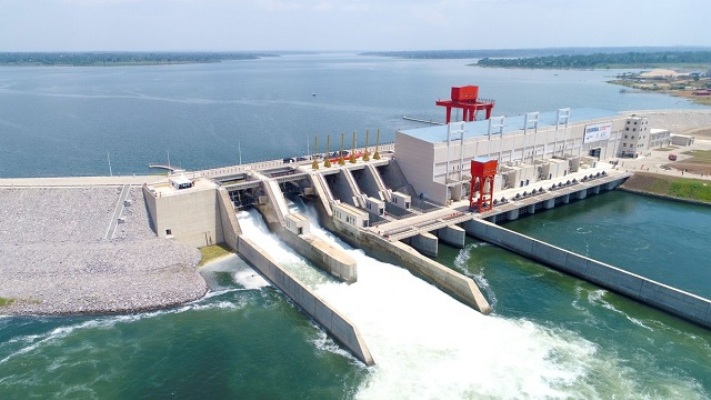Government has shut down the 183MW Isimba Hydropower Plant in Kayunga District for three weeks.
In a notice to the general public Tuesday, Ruth Nankabirwa, the Minister of Energy and Mineral Development revealed that Plant was shut down on August 8th 2022 following operational challenges that led to the flow of water into the power house.
“The Shutdown was undertaken as a safety procedure to ensure safety of staff and protection of the electro-mechanical equipment,” read part of the notice.
Adding that, “The operator, Uganda Electricity Generation Company Limited – UEGCL is undertaking appropriate measures to restore power production at Isimba Hydropower Plant and we expect generation to resume within three weeks.”
The Minister also indicated that the Uganda Electricity Transmission Company Limited is undertaking alternative measures to ensure continuity of electricity supply that includes; importation of approximately 60 megawatts of power from neighboring Kenya.
The transmission company will also dispatch up to 50 megawatts of power from Namanve Thermal Power Plant; dispatch of 20 megawats from the Kakira Power Plant and optimization of the generation capacity of the available power plants across the country.
The Ministry has also suspended any planned and non-emergency outage permits, and implementation of the load shedding to balance power demand and supply to ensure the grid stability is achieved and sustained.
Further, Nankanbirwa reassured the public that the sector is working to ensure the situation is normalized as soon as possible.
Isimba Hydroelectric Power Station is a 183.2 megawatts hydroelectric power station commissioned on 21 March 2019 in Uganda. Construction of this dam began in April 2015 and was completed in January 2019. Commercial operations began on 21 March 2019.
Uganda generates about 1,300 megawatts of electricity mostly from hydropower plants built along the Nile River.
Another large dam, Karuma Hydropower Plant is being built by China’s Synohydro Corporation on the Nile is expected to be commissioned later this year and will generate 600 megawatts.





